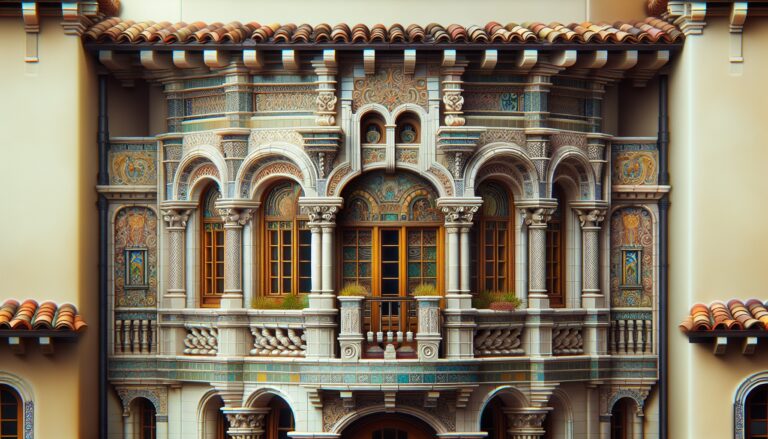Argomenti trattati
Understanding mission-style architecture
Mission-style architecture, often associated with the Mediterranean aesthetic, has a rich history that resonates with many homeowners today. Originating from the Spanish Missions in California, this architectural style reflects a blend of cultural influences and practical design suited to the local climate. The style is characterized by its use of thick stucco walls, low-pitched roofs, and arched openings, creating a warm and inviting atmosphere.
Key characteristics of mission-style homes
One of the defining features of mission-style architecture is its emphasis on simplicity and craftsmanship. Unlike more ornate styles, mission homes often utilize a natural palette of materials, including warm rubble stone, troweled plaster, and terracotta roof tiles. These elements not only enhance the aesthetic appeal but also highlight the skill of the artisans who crafted them. The design typically includes wide eaves that provide shade and protection from the elements, making them particularly suitable for the sunny Californian climate.
The influence of Mediterranean design
Mission-style architecture shares many similarities with Tuscan design, thanks to geographical proximity and shared cultural roots. Both styles incorporate thick walls, arched openings, and decorative wood elements, creating a cohesive look that resonates with homeowners seeking a connection to their heritage. This overlap in design is not merely coincidental; it reflects the historical interactions between the Etruscans and Romans, whose architectural elements have influenced styles across Europe and into the Americas.
Modern adaptations of mission-style homes
Today, many homeowners are drawn to mission-style architecture for its timeless appeal and connection to history. Modern adaptations often incorporate sustainable materials and energy-efficient designs while maintaining the traditional aesthetic. Homeowners may choose to restore vintage mission-style homes, revealing original colors and materials that add character and charm. The use of antique tiles and hand-carved wood accents continues to be popular, ensuring that the craftsmanship of the past lives on in contemporary designs.
Conclusion
As we explore the beauty of mission-style architecture, it becomes clear that this design style is more than just a trend; it is a celebration of history, craftsmanship, and the natural environment. Whether through new constructions or restorations, mission-style homes offer a unique blend of elegance and simplicity that resonates with many, making them a cherished choice for modern living.

